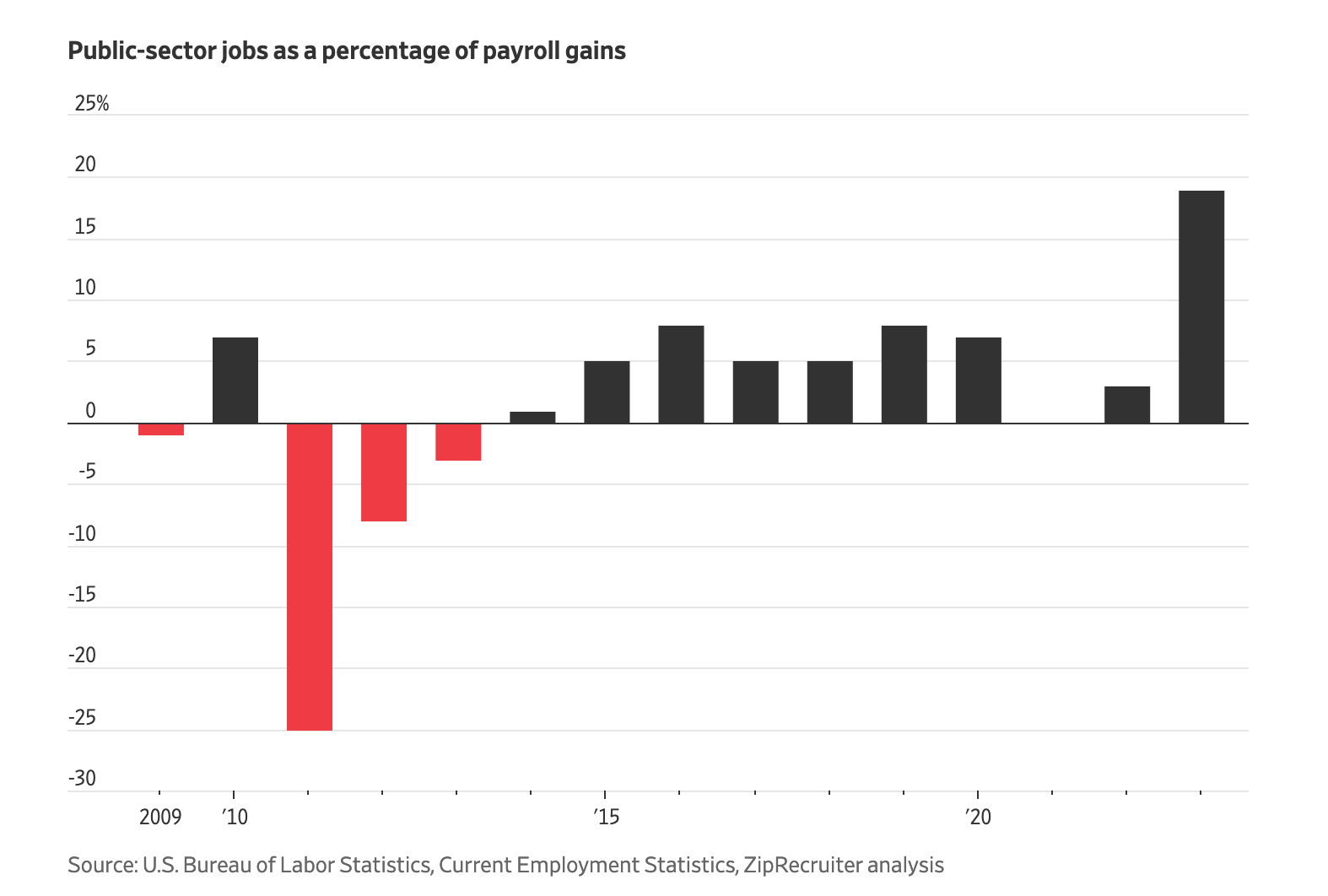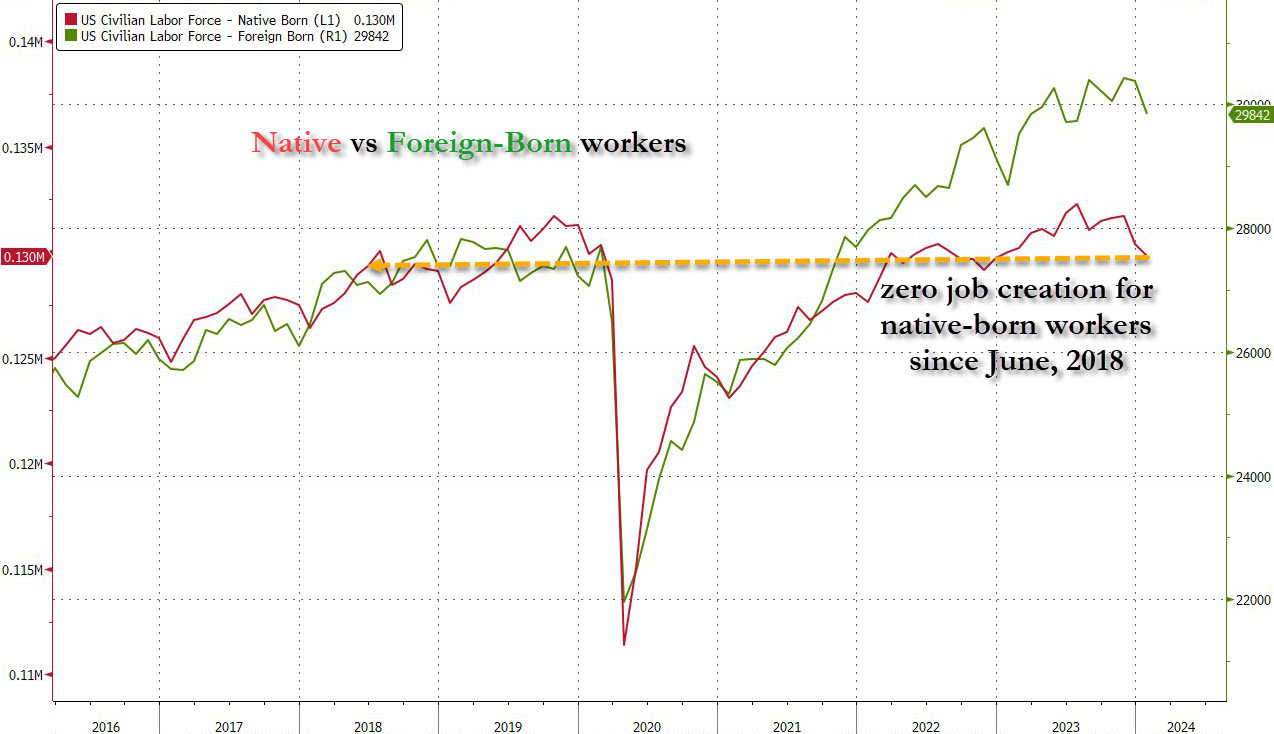

A critical analysis of the U.S. jobs report reveals significant discrepancies, questioning the authenticity of employment growth and average hourly earnings increases. Experts suggest manipulation of data and a disparity between government reports and the economic reality faced by Americans.
In a recent examination of the U.S. jobs report, Peter St. Onge dissects the seemingly robust jobs report released by the Bureau of Labor Statistics (BLS). The report, which has been labeled "the most ridiculous jobs report in recent history" by Zero Hedge, showcased a surprise surge in employment, with 353,000 jobs reportedly added. Contrary to expectations, average hourly earnings allegedly climbed by a substantial 4.5 percent. However, upon closer scrutiny, experts are questioning the validity of these numbers.
The report's illusion of job growth is attributed to a reduction in the average workweek to 34.1 hours, a low not witnessed since the 2008 financial crisis, unless one considers the COVID lockdown periods. This statistical maneuver presents an increase in hourly pay, not due to actual wage growth, but rather the assumption of a shorter workweek. Critics argue that this raises two possibilities: either the economy is in a state akin to the 2008 downturn, or there is an intentional skewing of data to secure additional budgetary concessions from the White House.
Further investigation reveals that the nature of the job growth is also under scrutiny. The U.S. Census Household survey, which inquires directly about employment status, indicates that nearly half of the jobs reported by the BLS may not exist. The survey suggests that instead of the celebrated job creation, there was a loss of 31,000 jobs. Additionally, data on part-time work implies that the economy did not generate any new full-time positions last year; the jobs that did materialize were mostly in the gig economy or as a second source of income for those struggling to make ends meet.

The Wall Street Journal's findings further reinforce this narrative, revealing that the few full-time jobs created were predominantly in government and social assistance sectors, funded by taxpayer dollars. This suggests a contraction in the private sector—the actual wealth-creating segment of the economy.

In a striking revelation, new data indicates that since 2018, all job growth in the U.S. has been among foreign-born workers, with no net increase for native-born employees. This divergence is largely attributed to the BLS's "seasonal adjustment" practices. While seasonal adjustments are standard for accounting for employment fluctuations, the staggering 3 million job difference between raw data and adjusted figures raises concerns over the potential for manipulation to favor certain political narratives.

As the Biden administration continues to navigate the delicate economic landscape, key statistics such as jobs and inflation are becoming increasingly contentious. With public opinion polls reflecting a harsher economic reality than official reports suggest, the apparent disconnect between government data and on-the-ground experiences remains a topic of heated debate.
We will continue to monitor and report on these developments as more information becomes available.